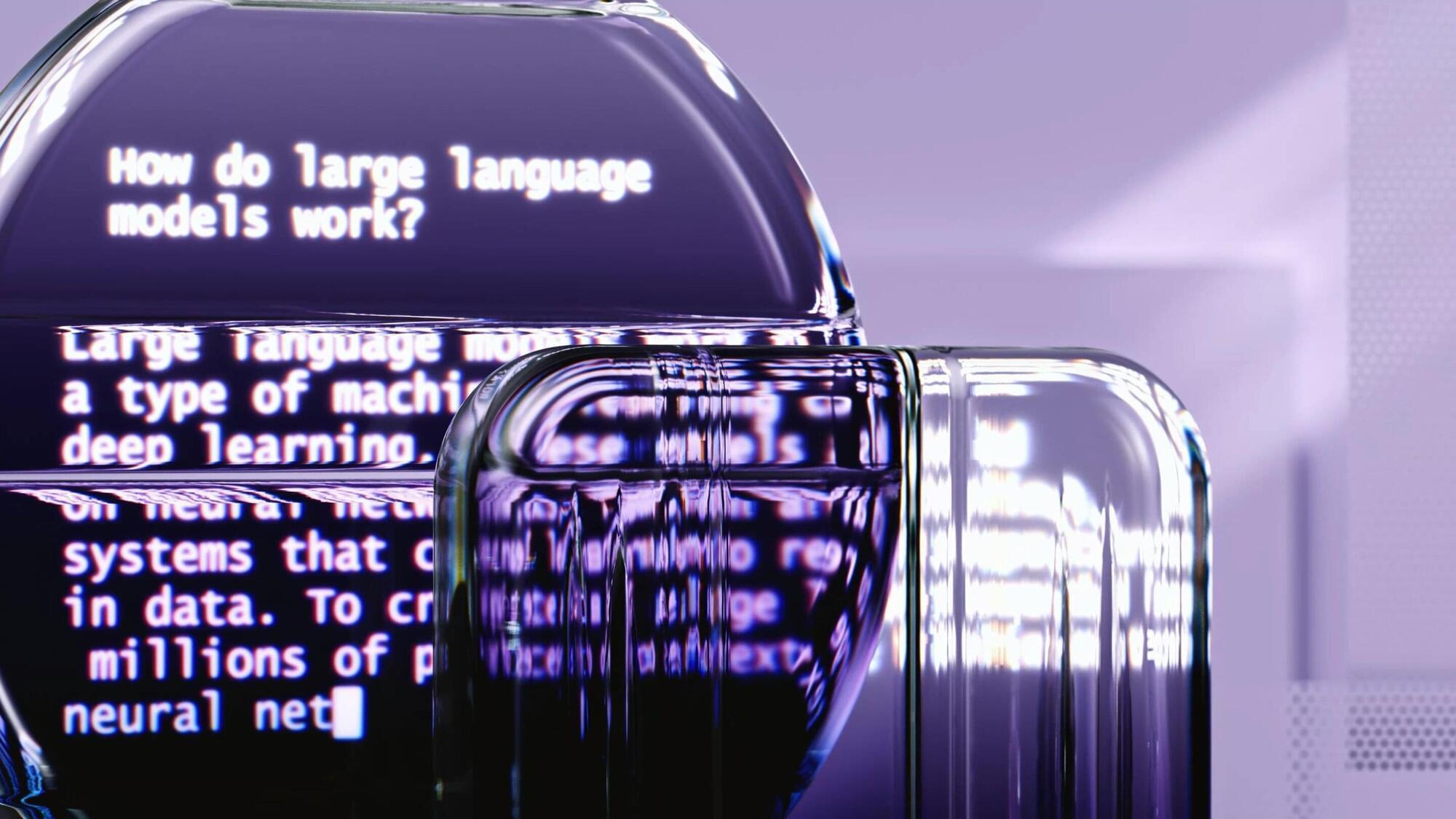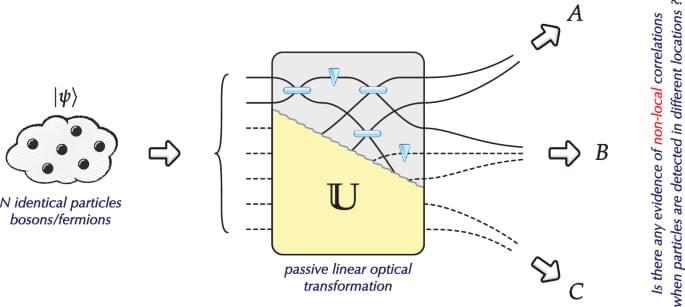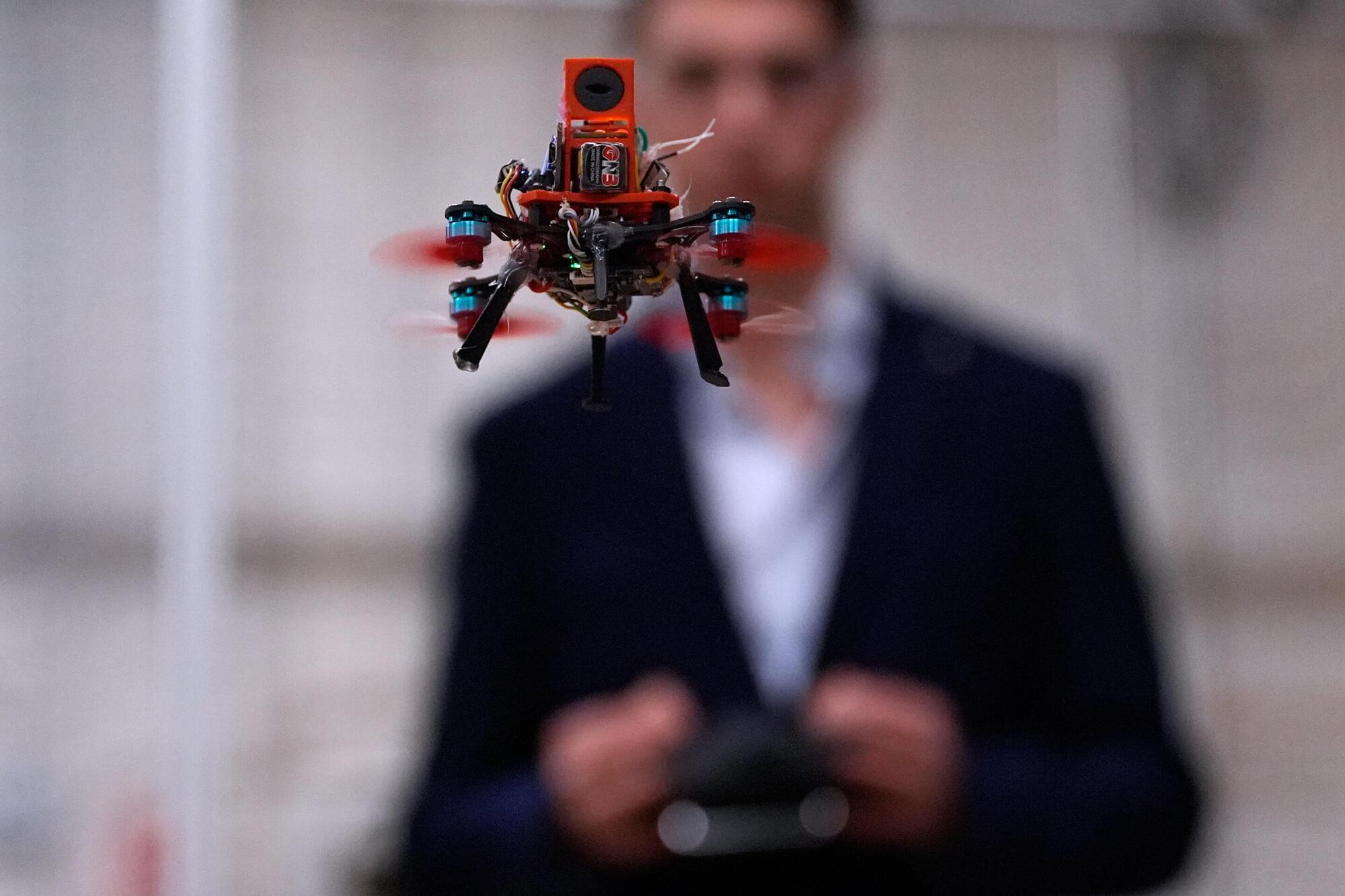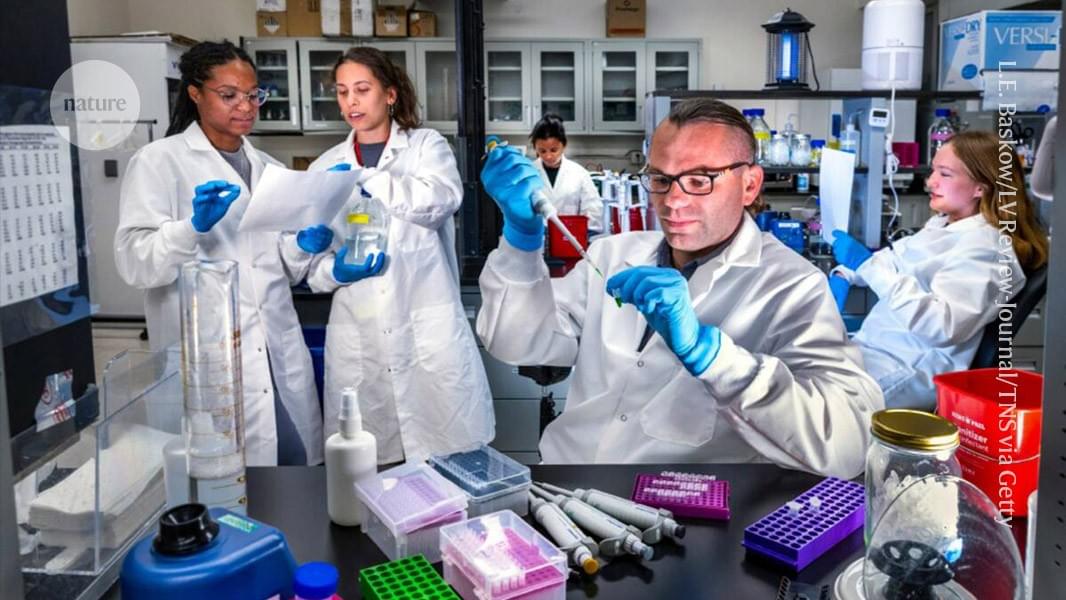Seoul National University College of Engineering announced that a research team led by Professor Hyun Oh Song from the Department of Computer Science and Engineering has developed a new AI technology called KVzip that intelligently compresses the conversation memory of large language model (LLM)-based chatbots used in long-context tasks such as extended dialog and document summarization. The study is published on the arXiv preprint server.
The term conversation memory refers to the temporary storage of sentences, questions, and responses that a chatbot maintains during interaction, which it uses to generate contextually coherent replies. Using KVzip, a chatbot can compress this memory by eliminating redundant or unnecessary information that is not essential for reconstructing context. The technique allows the chatbot to retain accuracy while reducing memory size and speeding up response generation—a major step forward in efficient, scalable AI dialog systems.
Modern LLM chatbots perform tasks such as dialog, coding, and question answering using enormous contexts that can span hundreds or even thousands of pages. As conversations grow longer, however, the accumulated conversation memory increases computational cost and slows down response time.








